|
Mar/Apr 2019 edition Issue #3 AutoMobilia Resource Magazine Bonnie Singer - Guest Columnist
Illustrated automotive postcards, especially early European ones, generally had great graphics and have always been eagerly sought by collectors. These cards usually were produced to advertise particular marques as the beautiful Rene Vincent illustrated Peugeot, or automotive-related products as the spectacular Luxor Goggles card by Geo Ham. Cards that have printed artist signatures such as these, are referred to in the postcard community as “artist-signed”, though the term is sometimes a little confusing to novice collectors as it does not designate cards with original autographs. The majority of illustrated automotive postcards are advertising cards with hundreds of images, particularly from the major brands of tires and motor oil, as well as headlamps, shock absorbers, windshield wipers, and even driver’s apparel. Instead of advertising products, many illustrated cards promoted early motorsports, especially rally events or city-to-city road races, and track events. Many of the most publicized early-to-mid 20th century racing events were European, and so are the postcards. One of the rarest automotive postcards was produced in Italy by the RACI promoting the 1939 Coppa Principe di Napoli and 30th Targa Florio, artist-signed Perricone. Automotive images carry such universal appeal that they often appear in postcard illustrations not solely automotive in theme. For some collectors, these cards are also desirable simply for their whimsey, such as Santa driving a car rather than a sleigh, or simple charm, such as this tourism postcard urging one to “Come to Florida”.
Some of these cards I have had multiple times, and have had widely varying pricing from one card to the next, both in buying and selling prices. On any given day, you could possibly find the same card from maybe three different sellers, priced anywhere from $50 to $350! I know these seem like extremes, but honestly, that is the way the postcard market is. Most of the postcards I have shown here are from my personal collection.
Depending on the card they range in value from as low as under $50 to $850 for the exceedingly rare 1939 Targa Florio card. Always consider…. have you seen this before, how much do you want it, and when, if ever, will you find another? BS
0 Comments
Your comment will be posted after it is approved.
Leave a Reply. |
Collecting PostcardsOwner of VintageAutoCollectibles.com ArchivesCategories |
Home
|
Subscribe
|
|
Automobilia Resource LLC
1217 Cape Coral Pkwy East #178 Cape Coral, Florida 33904 Main office: 954-579-5280 Subscriptions: 224-558-8955 Editor: 631-258-9887 |
Copyright © 2023 Automobilia Resource LLC. All Rights Reserved

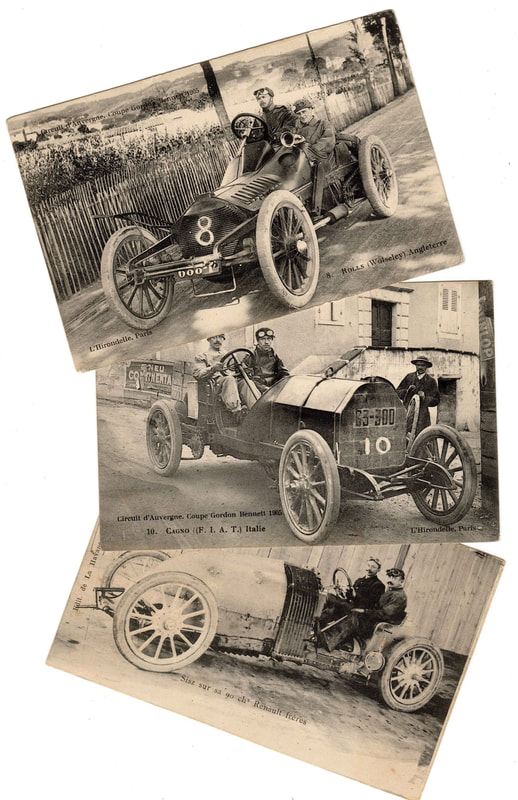
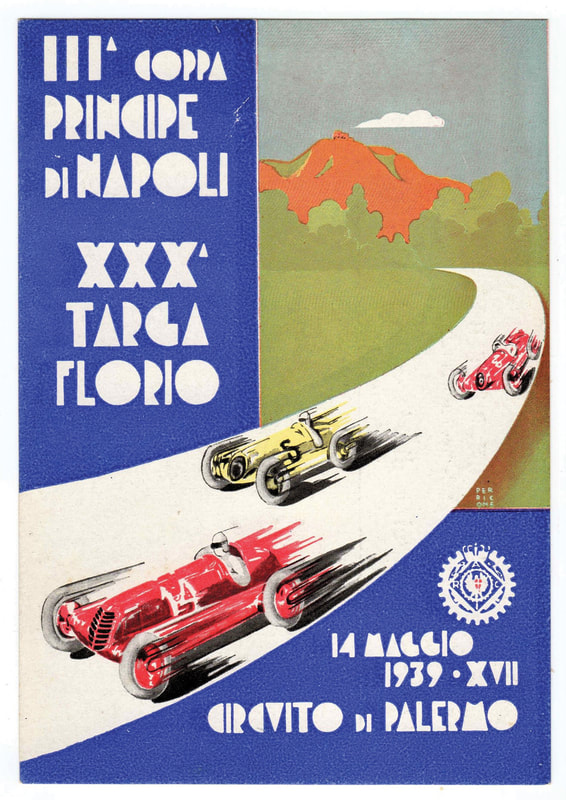
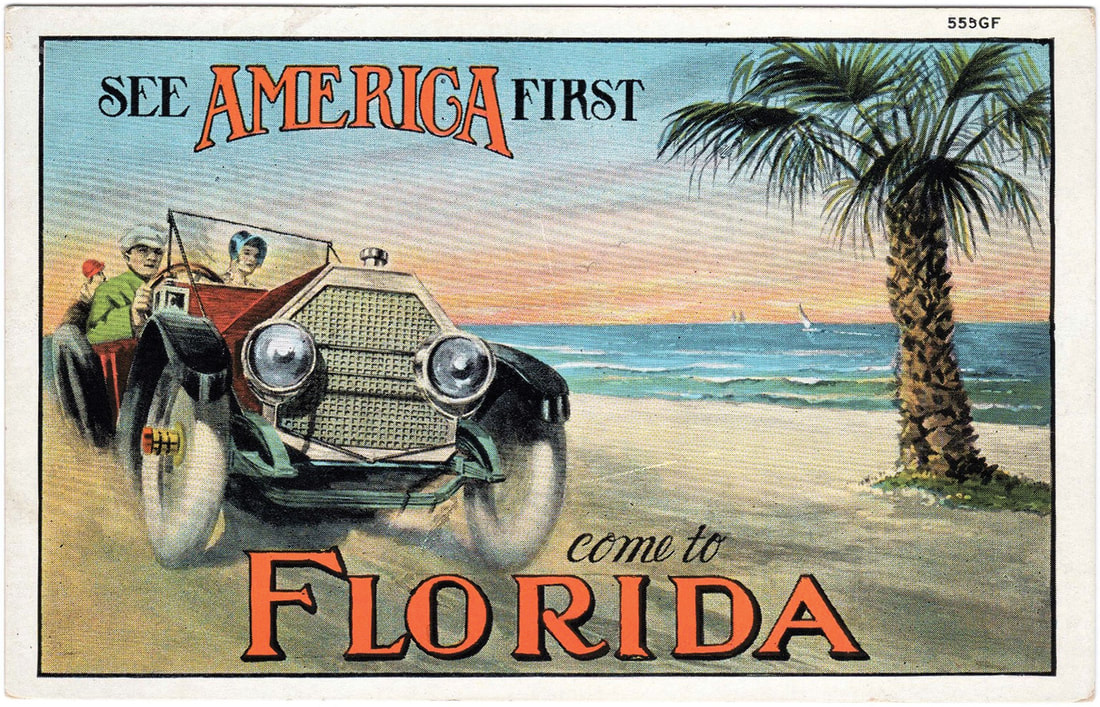
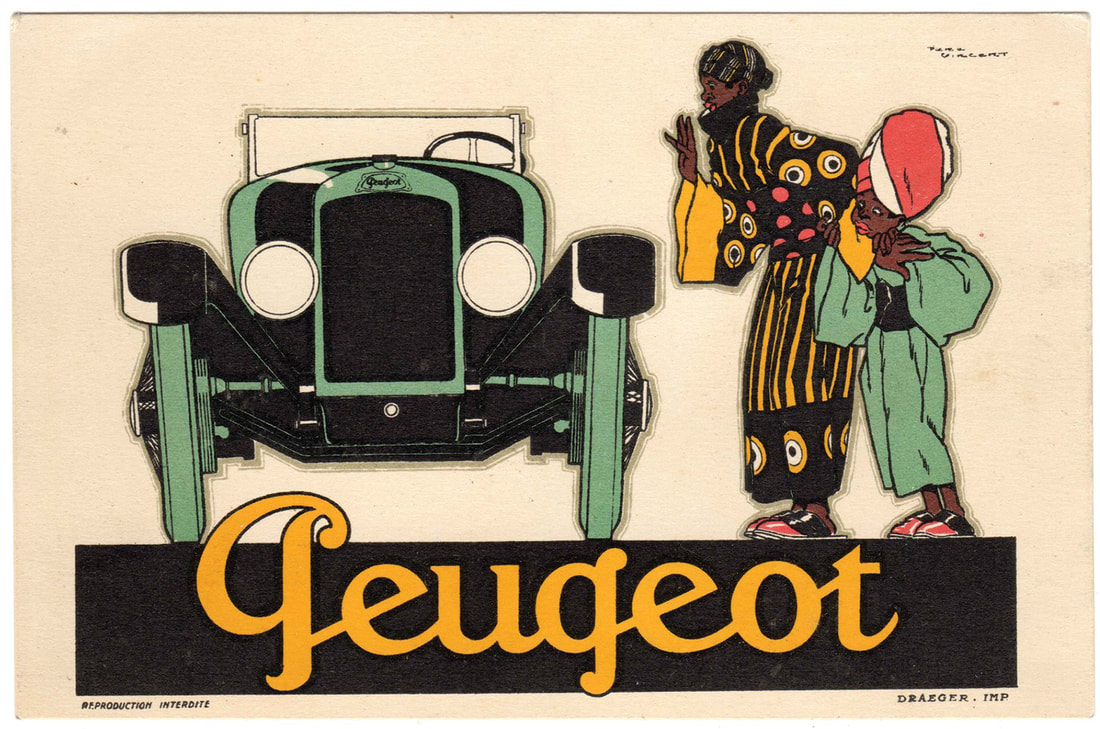
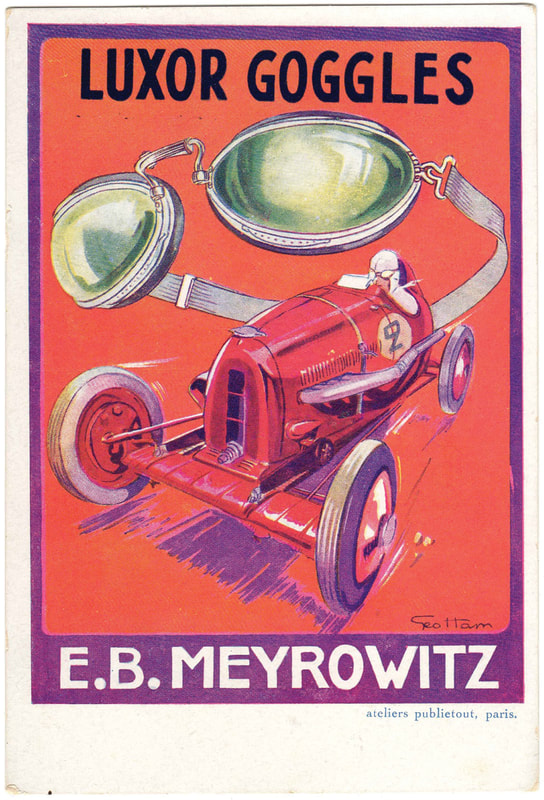

 RSS Feed
RSS Feed